If you haven't done a check-up on your current riding helmet now is the time to do it and decide if you need to replace it. Why? Because today (July 12) is Riders4Helmets International Helmet Awareness Day .. and leading helmet manufacturers around the world are offering special discounts.
If you don't ride with a helmet, check this out and then find a helmet retailer near you to save some money while protecting your noggin.
Already wearing a helmet regularly? Great! Run through this easy checklist to find out if it's time to update your safety while saving some cash (and spending it on other horse accessories).
Helmet Checklist
- Have you had a hard impact blow while wearing your current helmet? If you have it's time to replace it with a new helmet. There could be damage to your helmet that isn't visible to the naked eye but compromises the protection it can offer in future accidents.
- Is your helmet more than 4-5 years old? Then it could be time for it go. Helmet manufacturers recommend replacing your helmet every 4-5 years. This is because over time your helmet can break down from repeated exposure to and fluctuations in sweat, heat, cold, dust and rain. Also, the styrofoam in your helmet loses it's ability to protect your head over time.
- Does it fit properly? Even something as trivial as riding with a different hair style – like a higher ponytail – can affect the fit of your helmet. Make sure it isn't pushed too far forwards or back, and that it isn't too loose or tight. If you've been getting by with a helmet that doesn't fit you properly nows the time to upgrade to one that does.
- Was your helmet used when you bought it? Remember that manufacturers recommend your helmet be replaced every 4-5 years, that means from the time it was made not necessarily purchased. It's also risky to purchase a used helmet because it may have been involved in a hard impact blow without you knowing about it. If your helmet was used when you bought it, better safe than sorry, do not pass go but do go buy a new helmet.
 Ready to check out what kinds of discounts are in your area? Checkout the great helmet retailer map they've set up to make the process painless.
Ready to check out what kinds of discounts are in your area? Checkout the great helmet retailer map they've set up to make the process painless.
Helmet Safety Facts
- There is no statistical correlation between skill level and the likelihood of injury. This means professional riders have the same amount of risk of serious injury due to a fall as beginning riders.
- A fall from a standing horse can still be catastrophic. Your injury risk depends on the height of the fall AND the speed at which you're traveling.
- Head injuries are cumulative. An original head injury can be made worse by additional concussions.
- Horseback riding is considered more dangerous than downhill skiing and motorcycling.
- Approximately 20% of accidents which result in head injury happen while the person is on the ground. This means put your helmet on while working your horse from the ground too.
- It is best to invest in your own helmet even if you don't own your own horse. An incorrectly fitting helmet offers little to no protection. In addition to the helmet fit, the harness must also fit you properly to prevent the helmet from rotating.
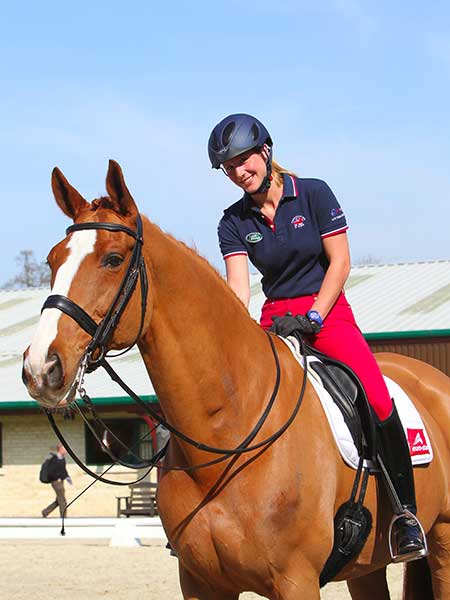

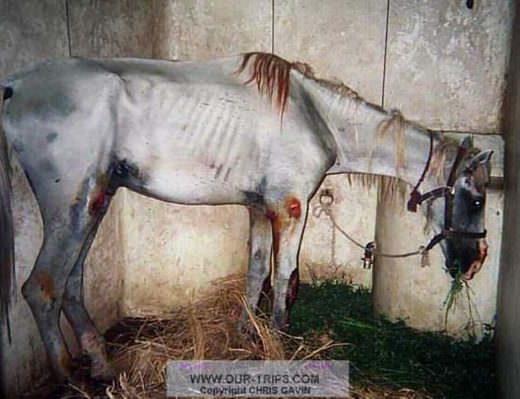
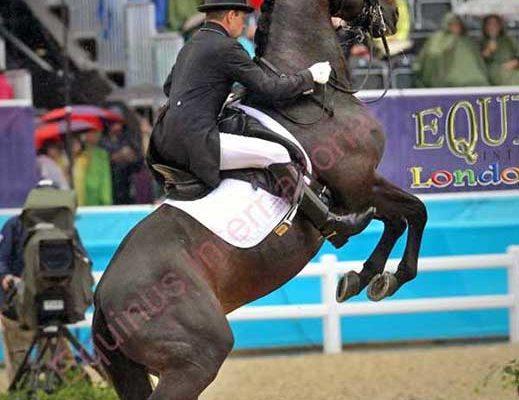
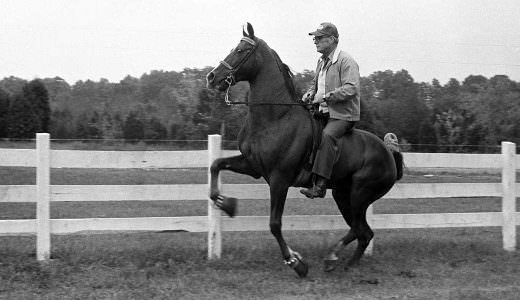

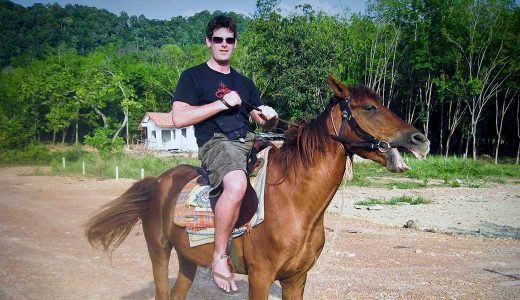
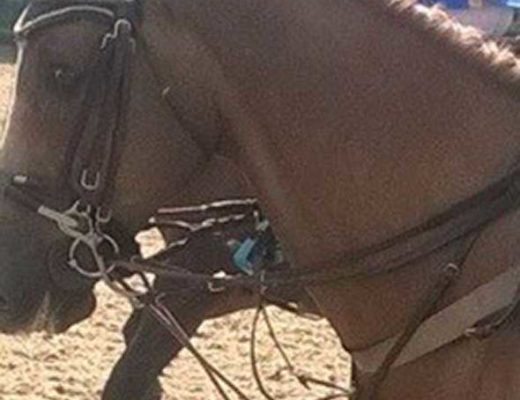
Thanks for posting this – I still can’t believe how many riders don’t bother with a helmet. It’s just not worth it the risk.